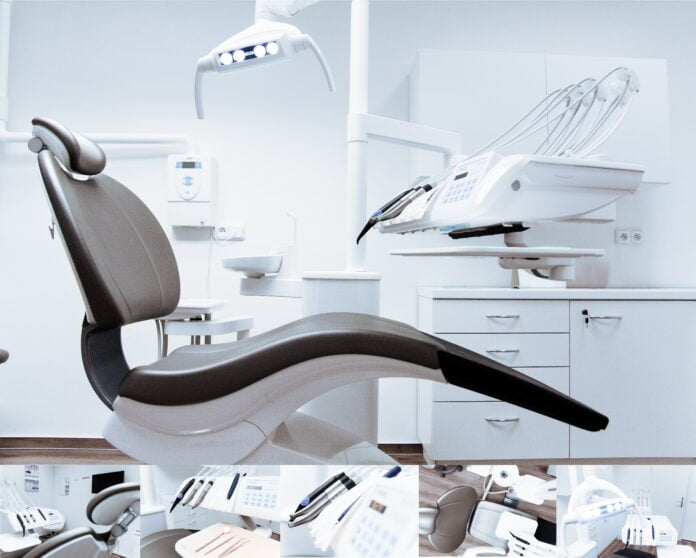In the world of healthcare, the main goal is to provide high-quality medical assistance. To do this, clinics need to have the right tools and equipment at all times. This thorough conversation explores five important types of equipment that are crucial for a clinic to work smoothly without any interruptions. Making sure these things are available is essential for clinics to keep their promise of giving patients the best care they can.
1. Instrumentation for Diagnostics
Medical diagnostic equipment, which forms the bedrock upon which accurate diagnoses are constructed, is essential to every medical evaluation. This type of apparatus comprises a broad range of technologies, such as cutting-edge X-ray and MRI machines, allowing healthcare professionals to peer inside the body, unveiling hidden fractures, tumors, or foreign objects, and Ultrasound scanners providing real-time imagery of internal structures, making them invaluable for monitoring fetal development, abdominal issues, and vascular conditions. These technologies give medical professionals the ability to decipher the complexity of their patients’ situations, which makes it easier for such experts to make educated decisions regarding the care of their patients.
2. Equipment for the Treatment
In healthcare, timely reactions are required whenever there is an emergency. The arrival of therapeutic devices and strong allies in managing severe medical circumstances is a welcome development. If a cardiac emergency occurs, these devices include defibrillators, which can restore normal heart rhythms; infusion pumps, which allow for precise medicine administration; and nebulizers, which help alleviate respiratory distress. By providing clinics with these devices, one may ensure that medical professionals can respond to emergencies effectively, thereby stabilizing patients in the interim before they can obtain expert medical attention. Even in the face of unanticipated medical obstacles, the availability of treatment equipment demonstrates a dedication to ensuring the health and safety of the patient.
3. Instruments for the Examination
Examination tools act as a magnifying glass, allowing medical personnel to understand their patients’ inner workings better. Stethoscopes enhance the heart’s rhythmic beating, while otoscopes and ophthalmoscopes investigate the inner workings of the ear and eye, respectively. These tools provide a view into the human body’s complex workings, enabling medical professionals to make more in-depth assessments. Clinicians can understand hints that help identify diseases and chart recovery courses by listening to interior noises and analyzing vital signs. The availability of examination devices transforms patient evaluations into painstaking journeys of discovery, in which the relevance of even the most insignificant details cannot be overstated.
4. Instruments for the Control of Infection
To provide the best possible care for patients, medical facilities must treat illness and protect them from any potential hazards. Infection control instruments are extremely important in ensuring that a healthcare facility is kept clean and risk-free for patients and medical professionals. The arsenal includes autoclaves, which use steam at a high temperature to sterilize medical equipment and instruments, and a suite of personal protective equipment (PPE) that protects medical practitioners from exposure to infectious diseases. These instruments defend against infections, highlighting the clinic’s dedication to maintaining a safe patient environment. By adhering to rigorous infection control measures, clinics strengthen their role as havens of healing and wellness for their patients.
5. Various Methods of Administration and Record-Keeping
The administrative aspect of a clinic serves as its backbone, complementing its medical expertise as the clinic’s beating heart. Administrative and record-keeping systems are the orchestrators of seamless operations, enhancing patient management and overall clinic efficiency. Electronic Health Record (EHR) systems store individuals’ medical histories digitally, ensuring easy access and minimizing errors. Appointment scheduling software optimizes patient visits, maximizing time and resources. Furthermore, billing and invoicing systems streamline financial operations, allowing clinics to prioritize quality patient care. The integration of these technologies creates a harmonious environment where medical proficiency and administrative sophistication converge, delivering exceptional patient experiences. It is the synergy of these systems working together that fosters this enriching atmosphere.
Conclusion
Quality healthcare results from the combined efforts of medical experts and the technology at their disposal. Clinics that invest in these five technology categories provide better treatment for their patients and become models for the healthcare industry. The knowledge and skills of medical practitioners and the technology at their disposal are essential in pursuing excellence in healthcare.
You may also want to read,








